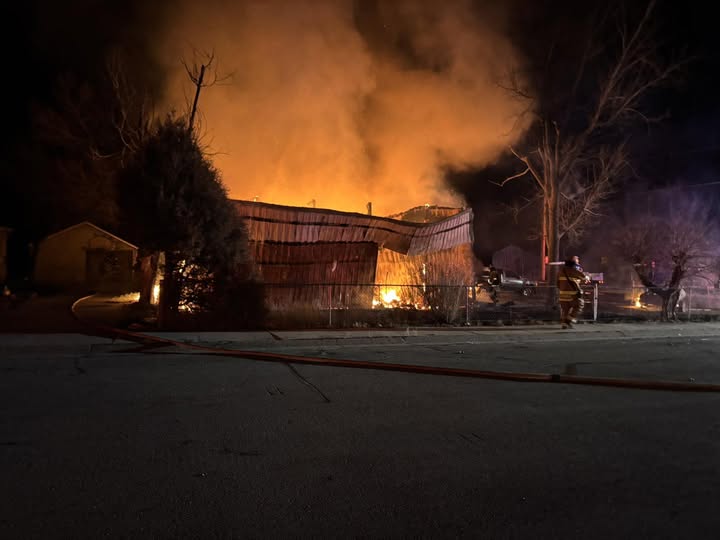PIERRE, SD – Shortly before the Nov. 8 general election, South Dakota Senate President Pro Tempore Lee Schoenbeck said Gov. Kristi Noem’s proposal to eliminate the state’s sales tax on food would devastate the state’s nursing homes.
“If you cut $106 million out of the budget, you are going to close the nursing homes in our state,” he said.
But the state doesn’t have to cut money. Nursing homes already are closing.
“What is happening now is just unprecedented,” said Mark B. Deak, executive director of the South Dakota Health Care Association. “In the last 12 months we have had six close; and now we just heard Elk Point is going to close. We have never seen a rash of closings like that.
“What started out as a crisis is quickly becoming a catastrophe.”
In fact, 15 nursing facilities have closed in the past five years.
During the last month of her re-election campaign, Noem unexpectedly vowed to eliminate the state’s sales tax on food. That $100 million revenue cut contrasts with the $62.5 million needed to help close a funding gap in Medicaid, the federal-state insurance program that reimburses nursing homes and other providers for the health care of low-income people.
Methods of closing that gap are outlined in a Sept. 19 report commissioned by the state’s Department of Human Services.
The state’s current Medicaid formula causes Jenkins Living Center in Watertown to lose about $62 a day for each Medicaid patient, which statewide are about 55 percent of nursing-home residents.
“It’s a very difficult situation,” said Jenkins’ Acting Executive Director Loren Diekman. Jenkins has a long waiting list and the state’s inadequate funding makes it difficult to find staff.
In the past year, the facility “pretty much emptied out its second floor, which had never been done in its history,” he said.
At one point, Jenkins was licensed for 162 beds and often had about 140 residents. It now has 90 residents, and it dropped its license number to 110. It has had a waiting list of about 35 people but lacks staffing.
“Our hands are tied because we are so dependent on government funding,” he said.
Deak noted that South Dakota nursing homes have 1,000 fewer employees than before COVID-19, while other health care organizations have kept staffing steady.
He blamed it on inadequate pay and staff burnout, because caring for frail people is hard work.
“That’s pretty startling,” Diekman said.
The September rate review report found that South Dakota’s “cost coverage (of Medicaid reimbursement) is very low, at around 70.57 percent for the average current South Dakota nursing facility rate of $200.63. Steps should be taken to improve this to an acceptable level.”
The study said South Dakota’s daily rate should be $262.08 per day, still nearly $100 a day below North Dakota’s current $360.14.
The low reimbursement rate also causes facilities to limit spending on building maintenance and rehabilitation. The report said the average age of the state’s nursing facilities “is 49.5 years, and more than 70 percent of the facilities are 50 years old or older.”
The current reimbursement system doesn’t “incentivize providers to invest in maintenance (including renovations).” Moreover, the state’s current funding system results in providers being “hesitant to invest in maintenance/renovations as it could be several years before the rate is adjusted to include the additional capital costs.”
Deak said nursing home groups will share their story at a townhall style meeting with the Legislature’s Joint Appropriations Committee about a week after the Governor’s budget address.
“It is pretty hard not to notice the closings,” he said. “And you have to think about the impact that has on people who have to relocate to a new nursing center, how difficult it is because of their age.”
It also impacts families and in many smaller communities, nursing facilities were among the larger employers.
Those closings will continue, Deak said, unless the state becomes more fiscally supportive.
“Staffing problems were bad before the pandemic,” he said. “It’s much worse now.”











